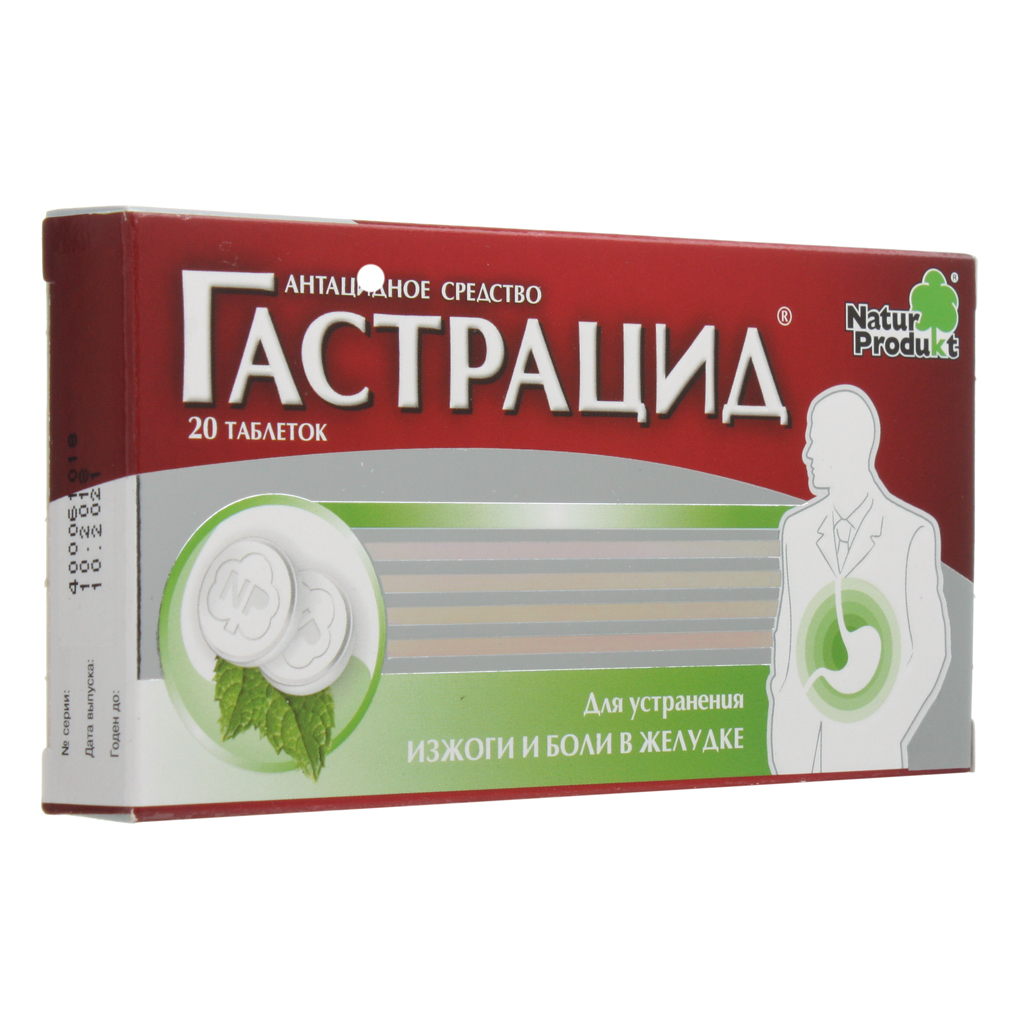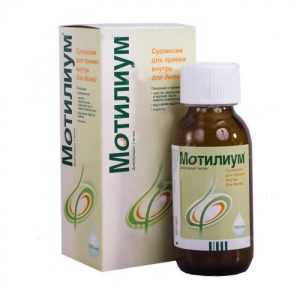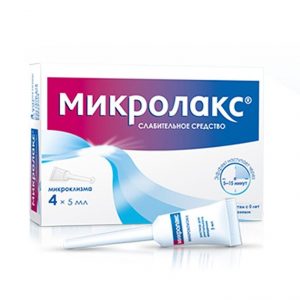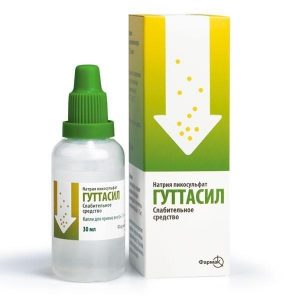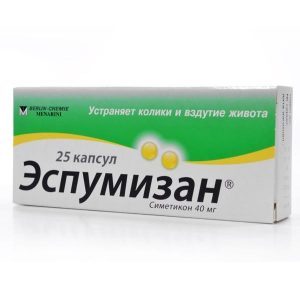Description
Latin name
Gastracid
packaging 20 pcs
Pharmacological action
Gastratsid – enveloping, adsorbing.
Pharmacodynamics
Neutralizes free hydrochloric acid in the stomach, resulting in decreased digestion activity of gastric juice. Does not cause secondary hypersecretion of gastric juice. It has an absorbent and enveloping effect, reduces the effect of damaging factors on the mucous membrane of the stomach.
Indications
peptic ulcer of the stomach and duodenum in the acute phase
acute gastritis, chronic gastritis with increased and normal secretory function in the exacerbation phase, duodenitis, enteritis
hiatal hernia, reflux esophagitis
discomfort and pain in the epigastrium with errors in diet, after taking medications, drinking coffee, nicotine, alcohol
for prevention treatment of corticosteroids and NSAIDs.
Contraindications
hypersensitivity to the components of the drug
fructose intolerance
hypophosphatemia
severe renal impairment
Alzheimer’s disease
children under 10 years of age.
Use during pregnancy and lactation
During pregnancy, the drug should be taken under medical supervision and not more than 3 days. Avoid use in nursing mothers.
Composition 1 tablet contains:.
Actives: aluminum hydroxide 400 mg magnesium hydroxide 400 mg
Excipients: mannitol sodium saccharin sucrose starch corn sorbitol aromatic additive “mint” magnesium stearate.
Dosage and administration
Inside, tablets should be chewed or kept in the mouth until completely resorbed.
Adults and children over 15 years of age: 1-2 tablets 4 times a day 1 hour after eating and in the evening before bedtime or when discomfort occurs, epigastric pain, heartburn.
The maximum daily dose is 12 tablets.
Children 10 to 15 years of age are prescribed 1/2 the recommended dose for adults.
For prevention, take 1 tablet 15 minutes before taking medications that irritate the mucous membrane of the esophagus, stomach, and duodenum.
Duration of treatment should not exceed 15–20 days.
Side effects
Constipation, nausea, vomiting, stomach cramps, change in taste, hypermagnesemia, hypophosphatemia, hypocalcemia, hypercalciuria, osteomalacia, osteoporosis, hyperaluminemia, encephalopathy, allergic reaction, nephrocal function, nephrocenopathy, nephrocenopathy, reaction. In patients with concomitant renal failure – thirst, decreased blood pressure, hyporeflexia.
Drug Interaction
May absorb some drugs, thus reducing their absorption. Reduces and slows down the absorption of digoxin, indomethacin, salicylates, chlorpromazine, phenytoin, N2-histamine, blockers, diflunzal, isoniazid, antibiotics, tetrinosin, cytosine pivampicillin, rifampicin, indirect anticoagulants, barbiturates, fexofenadine, dipyridamole, salcytabine, bile acids – henodeoxycholic and ursodeoxycholic, penicillamine, iron and lithium preparations, quinidine, flax soprazole, mexiletine, ketoconazole.
When taken with intestinal drugs at the same time, increased alkalinity of gastric juice can lead to premature disruption of the membrane and irritation of the stomach and duodenum.
M-cholin blockers, slowing the emptying of the stomach, enhance and prolong the action of the drug.
Overdose
Symptoms: long-term administration of high doses may cause kidney stones, severe constipation, drowsiness, hypermagnesemia. There may also be signs of metabolic alkalosis: mood swings, numbness or muscle pain, nervousness and rapid fatigue, unpleasant taste sensations.
Treatment: it is necessary to take immediate steps to quickly remove the drug – to wash the stomach, cause vomiting, take activated charcoal.
Storage conditions
At a temperature not exceeding 25C, in a dry, dark place, out of the reach of children.
Shelf suitability
3 Year
Deystvuyuschee substances
Alheldrat, magnesium hydroxide
Dispensing conditions from pharmacies
Over-the-counter
dosage form
dosage form
dosage form resorption
Natur Produkt B.V Europe, Netherlands
